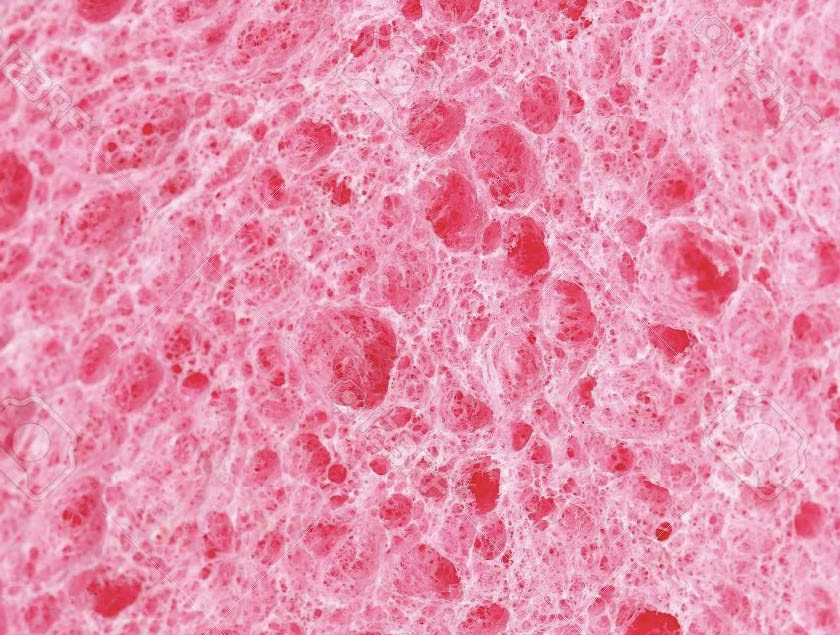Exploring Children’s Everyday (Design) Practices: Athens Course Rethinks Indeterminacy in Design
Compared to most adults, children seemingly care less about designed intentions and spaces/objects offer them possibilities for action that are hard to anticipate – their world appears to be less or undetermined, even in a highly structured environment like a hospital/child oncology ward.
How can architects design in ways that support children as everyday designers? Building upon the PhD research of Research[x]Designer Piet Tutenel, we had the opportunity to explore this question in the context of an Athens week together with eight motivated and talented student architects/designers from Czech Republic, Greece, Italy, Lebanon and Portugal: Benedetta Ballabio, Vasco Pinto, Daniele Florenzano, Anna Nektaria Georgiou, Theoni Gkesiou, Nour Naim, Jan Pospíšilík, and Stavroula Tziourtzia.
Even though they had never met before, and despite the heavy ‘social program’ prepared by BEST Leuven (Board of European Students of Technology), the students worked all week as a highly professional design team.
The team focused on a real-world design brief – the redesign of a child oncology ward in a Flemish university hospital – but, in doing so, designed spatial interventions that can be flexibly applied to other hospital environments as well. The ‘Sponge Therapy’, as they labelled the set of interventions, addresses issues related to circulation, interaction & gathering, isolation, and intimacy, and can take form in different sizes, shapes, and materials.
The sponge was chosen as a metaphor because it is a tactile material; a complex, porous object with many layers, that contracts and expands, and as such, represents an infinite combination of patterns.
The sponge also reflects the approach the team adopted to inform their design: they combined a variety methods to gain and absorb insights about care design and children’s practices, e.g., observing children’s everyday routines in a school; watching together a documentary about children affected by cancer – “devastating but necessary”; analyzing spaces designed for children with an impairment; and interviewing and consulting with various experts – an interior architect, a pediatric oncologist, a head nurse, a design researcher and, last but not least, two young cancer survivors.
We are very grateful to the students for taking on this complex challenge, and truly impressed by the inspiring and hopeful way in which they addressed it. And we look forward to further opportunities for us to continue our collaboration, and for the sponge to expand.
A big thank you also to everyone who made this week possible: Alba Balmaseda Dominguez, Pascale Conard, Wout Gastmans, Geneviève Laureys, Annelies Mannaerts, Piet Tutenel, Pieter Vandekerckhove, Elfi Van der Borght, Begga Willems and the children of De Klare Bron, and to Kom op tegen Kanker for the support.

